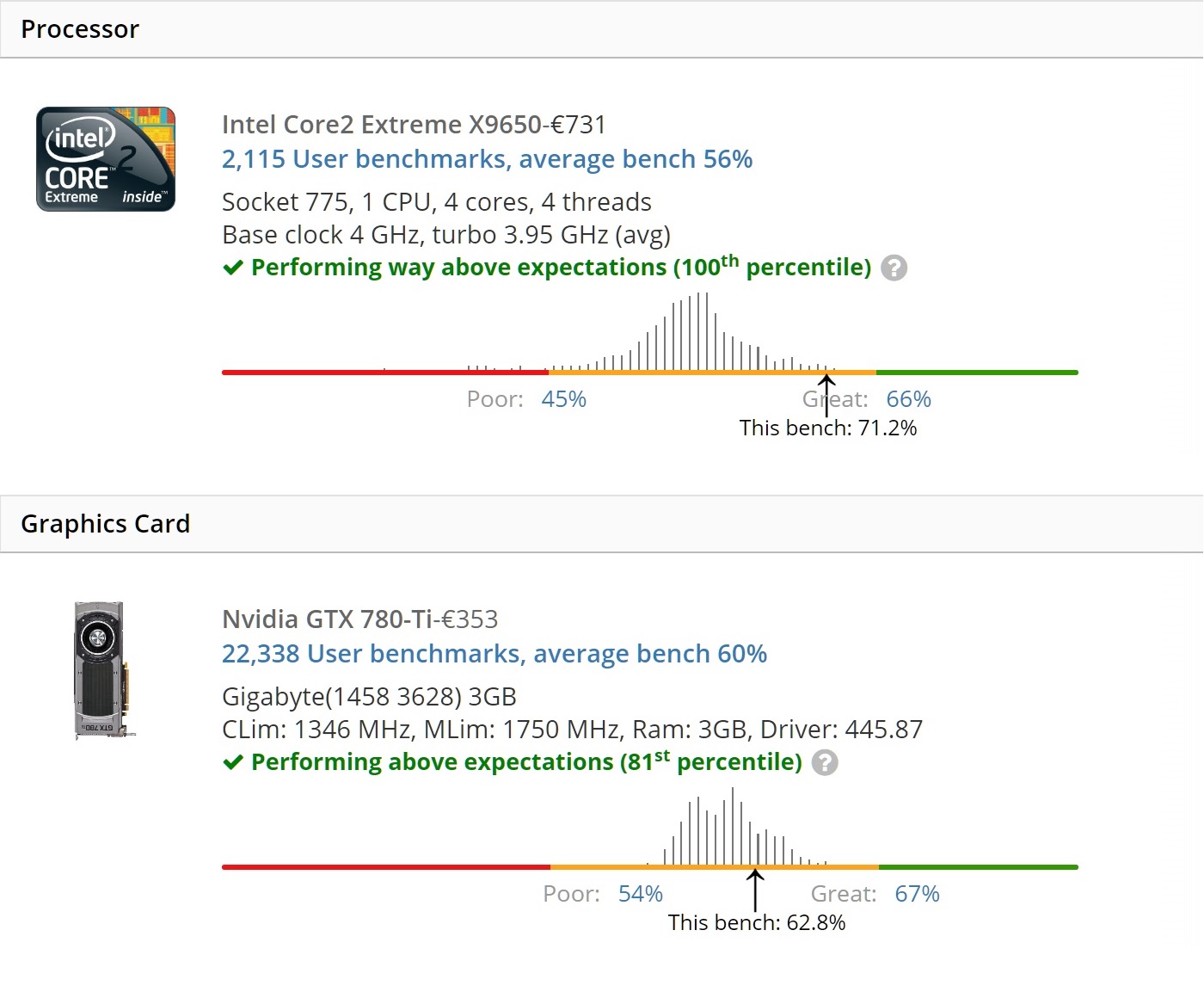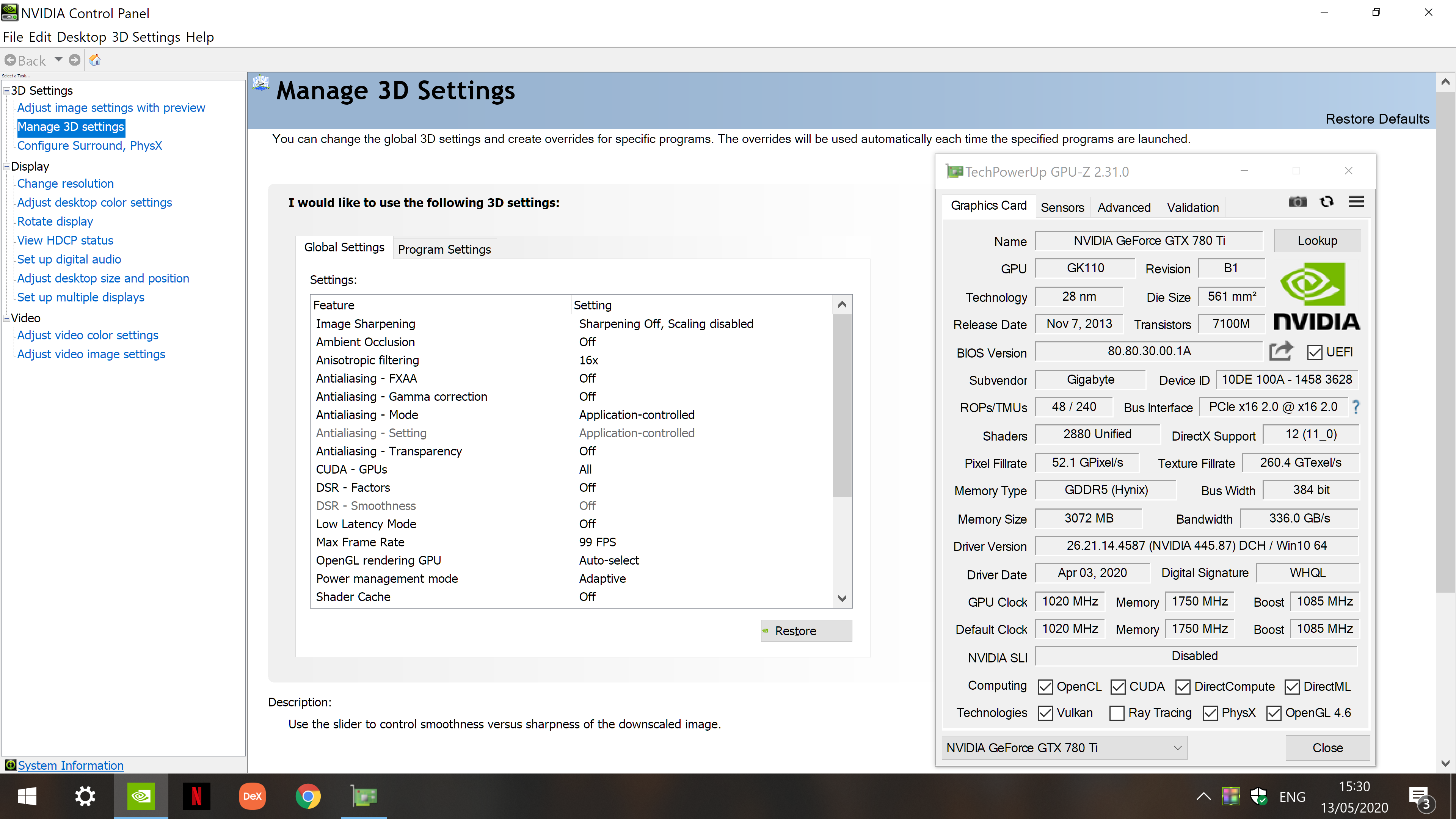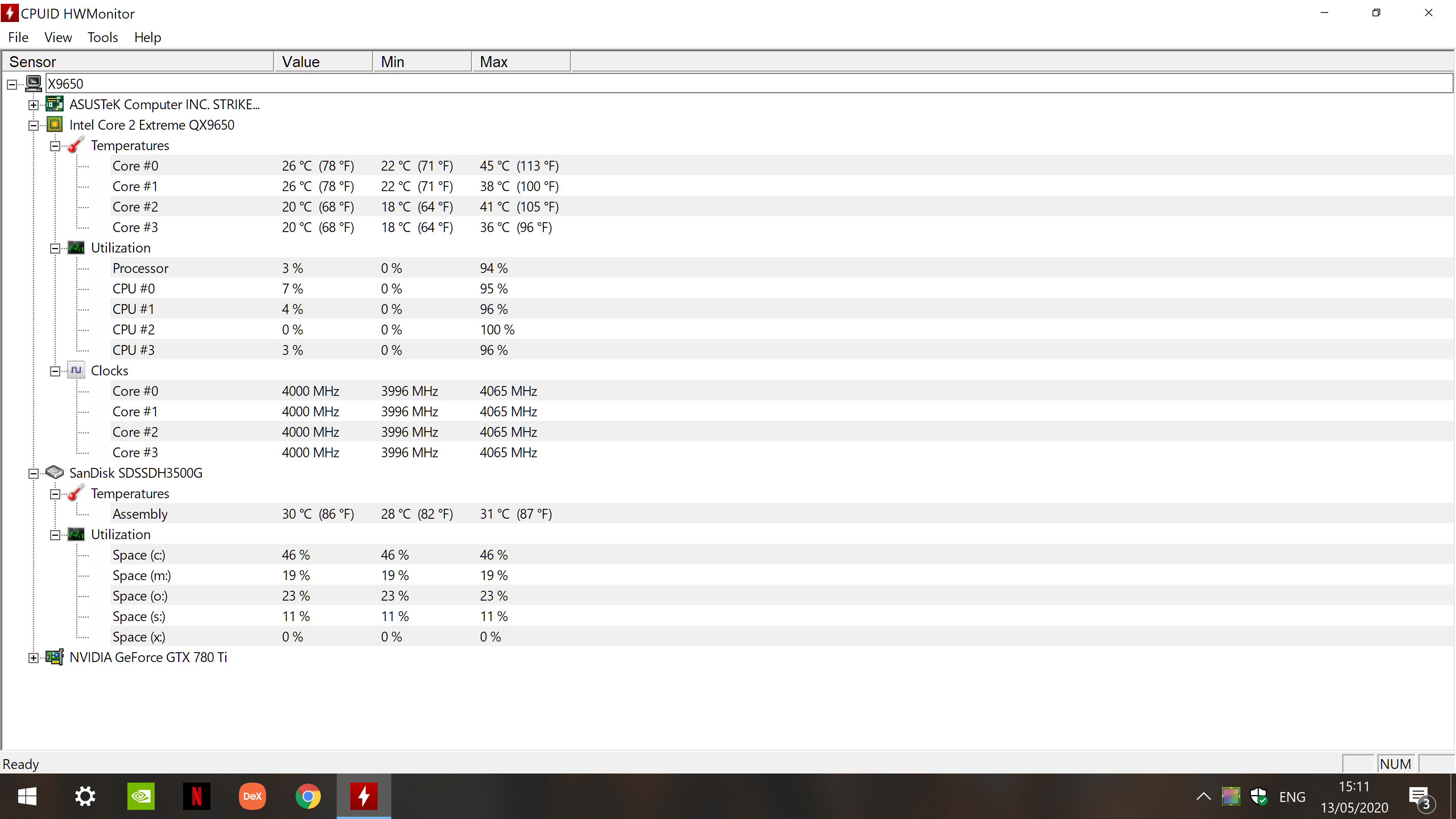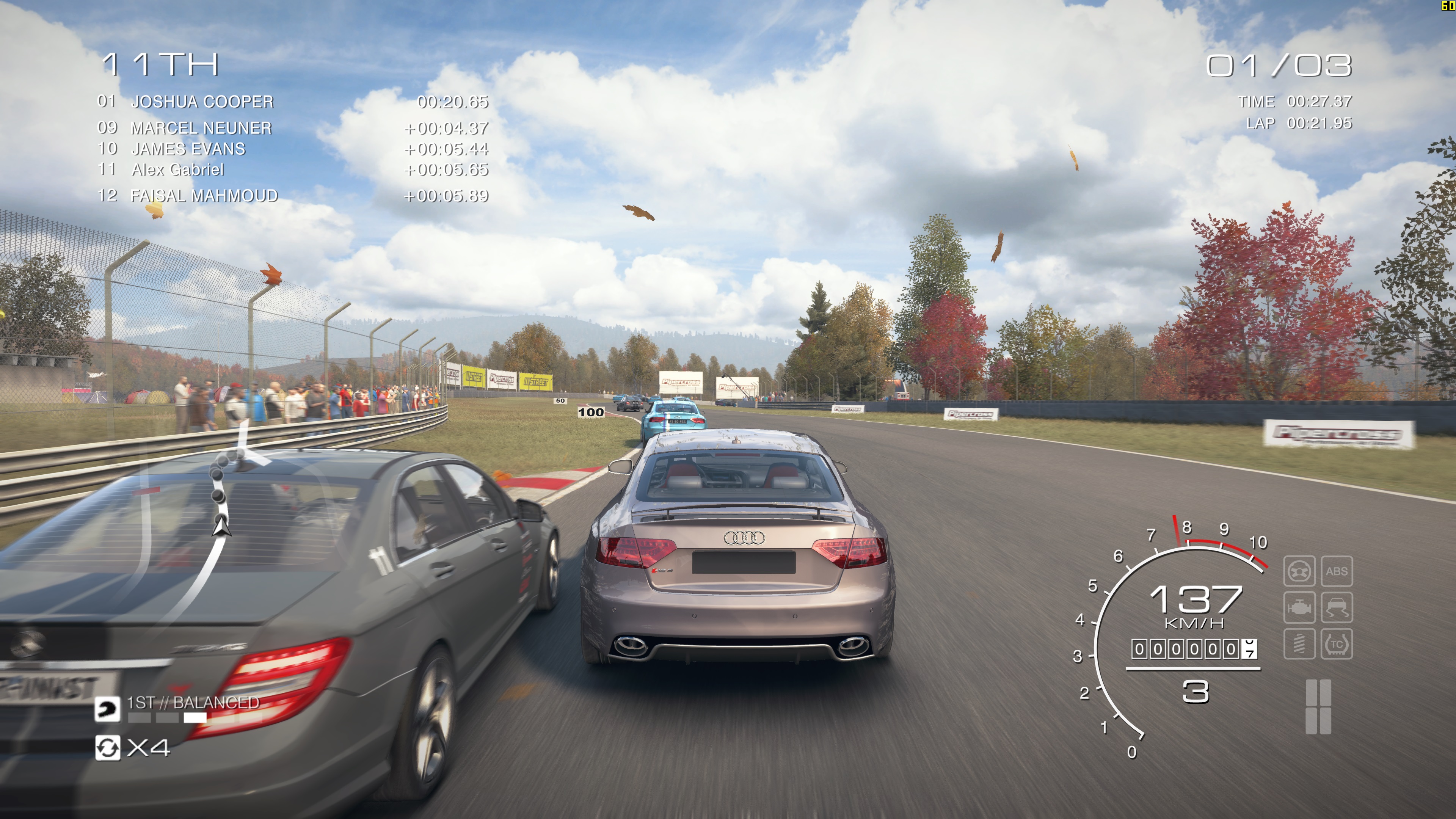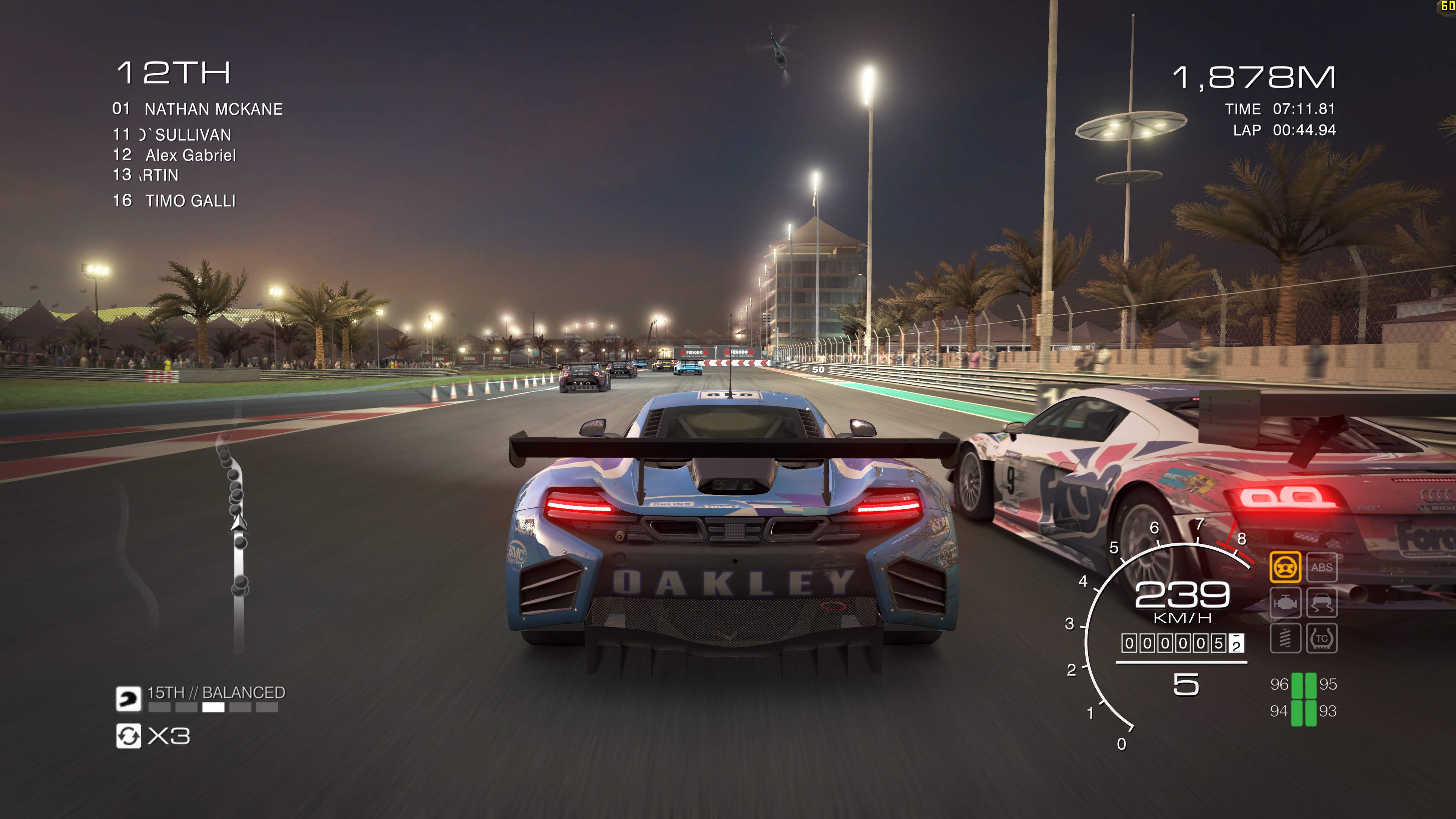Intel QX9650 overpowering itself
WARNING
Operating with an open PC case is not recommended and may cause serious damage.
Working on computer parts without a shielding ground may completely destroy the components due to electrostatic discharge.
Operating above manufacturing values (Overclocking) may cause instability and irreversibly destroy your components.
The ASUS StrikerExtremeII is very special in a way; it was one of the first computer mainboards for enthusiasts in the Republic Of Gamers product line.
10 years after, it is the most known brand for highend personal computer components.
This mainboard gives fully unchained control over the components used.
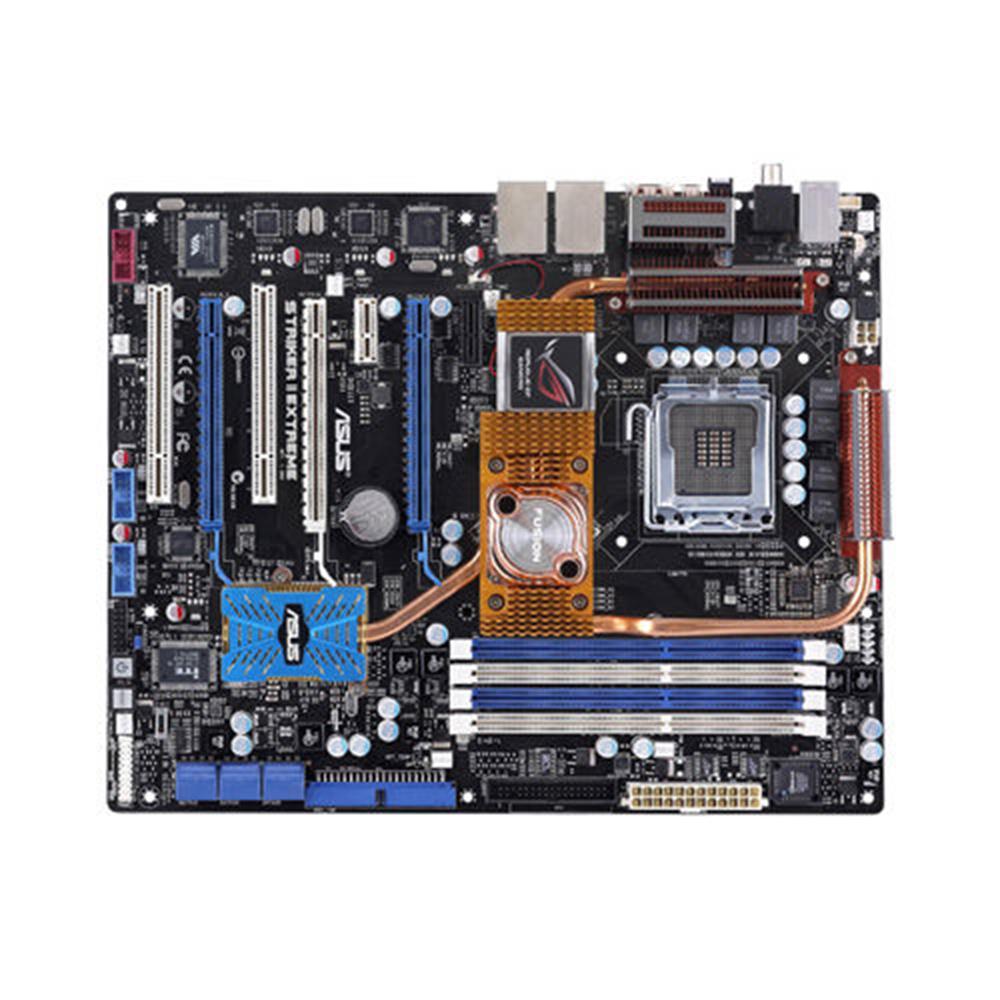
I have managed to get one of these and try it out and see how it performs, a decade later,
using an Intel QX9650 which is overclocked from 3,00 GHz to 4,00 GHz.
To achieve that value, I have used a BIOS implemented program called AI Overclock,
setting the CPU Multiplier to X10,
the program settings also raised the Processor Voltage and Front Side Bus speed accordingly, by adapting the voltage on the Northbridge & Southbridge. (Image 2)
This resulted in an 33% increase in speed, which is very remarkable.
Raw computing performance is not only to attribute to the higher frequency, more important is how the data is conducted to the rest of the computer.
The Front Side Bus speed has been increased from 1333 MHz to 1600 MHz, allowing all the data to be transferred faster and more reliable.
To maintain stability, the DDR3 RAM frequency had to be adjusted to by in sync with the Front Side Bus, allowing a lower latency than it was designed for (9-9-9-28) vs (9-11-9-28).
Time it takes for the device to turns on is shorter, programs feel much more responsive and games can be displayed at higher resolutions more fluently.
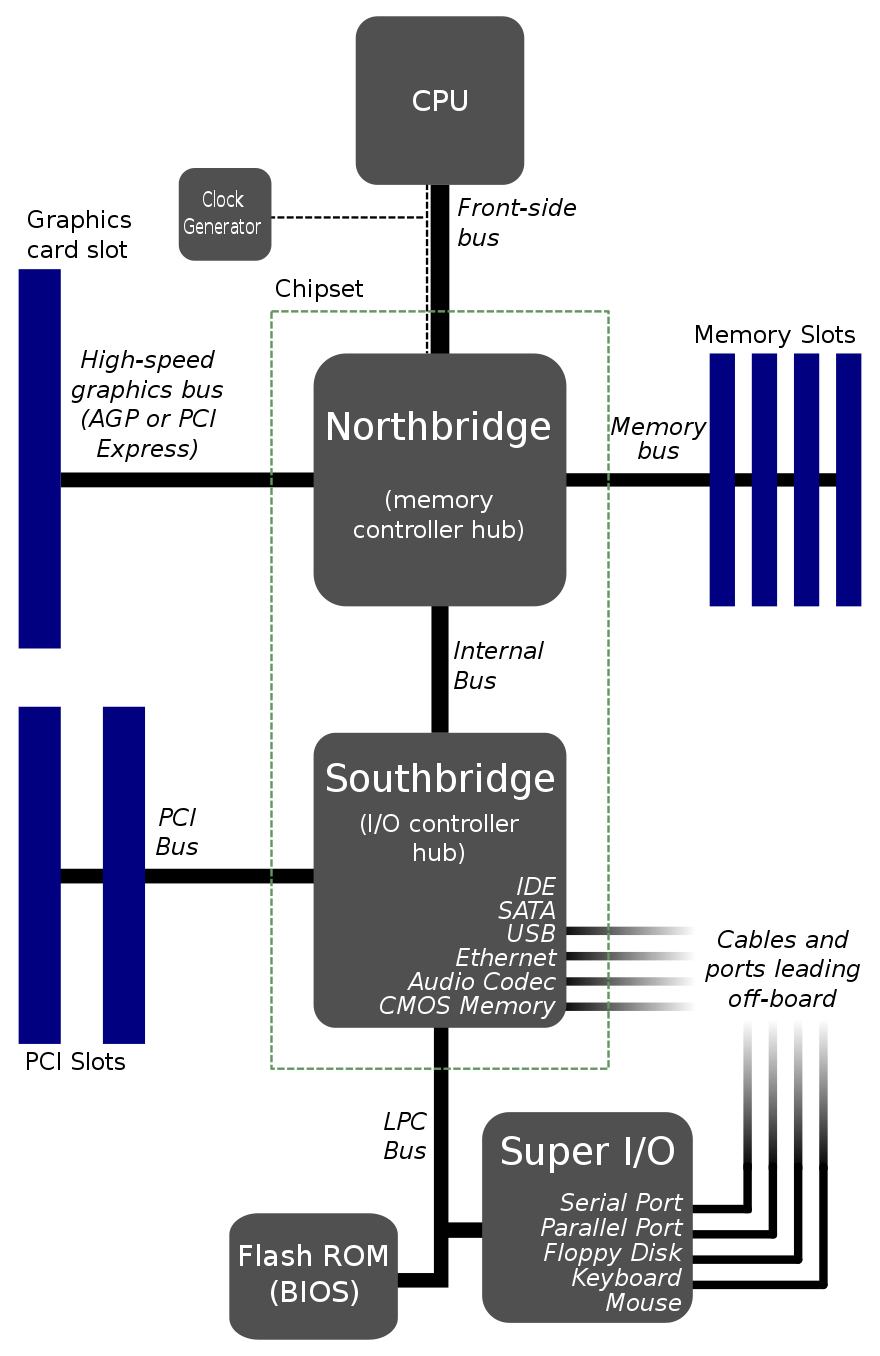
Image 2; Source Wikipedia.
Based on the reference design by NVIDIA, the Graphics card is a Gigabyte Windforce 780 Ti OC.
With dramatically increased cooling capabilities & two fans more over the reference design.
The cooling solution on this card is rated for up to 450 Watt energy output, meaning it could effortlessly keep cool a graphics card that would consume 450 Watt at its limit.
This card is rated at 300 Watt, that leaves a lot of room for improvement.
Without enchantments to the card itself, all settings on default, self regulated trough the driver, the card does not exceed 70 °C at a very smooth noise level.
Maintaing a stable temperature is very important to reach the maximum clock speed for longer periods of time.
Operating at 1020 MHz core clock, and 1080 MHz under boost, this card which is priced at €80 to €100 second-hand, is still very powerful and fully capable to run high resolution displays.
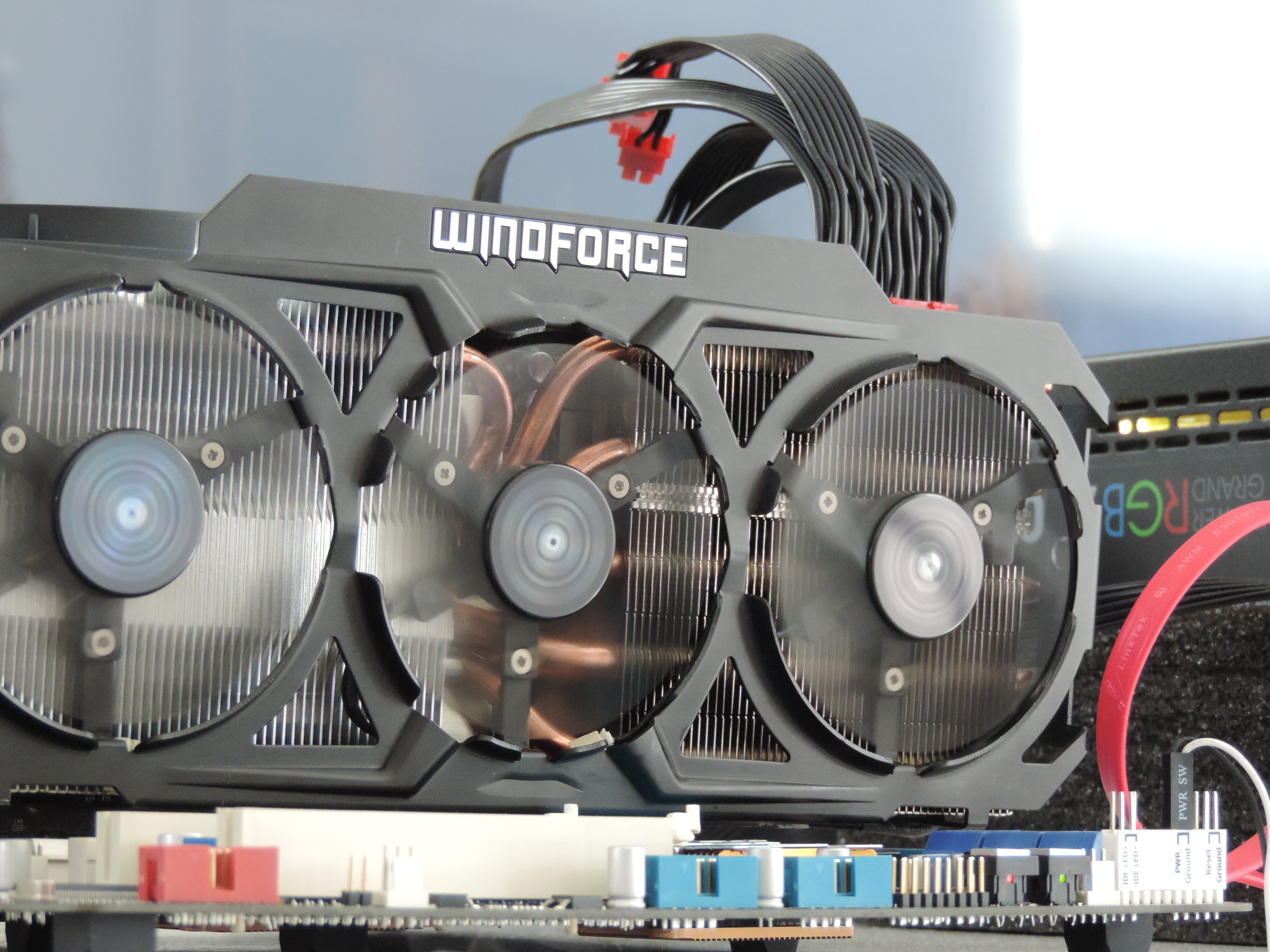
The Memory is based on two, 4 GB 2133 MHz DDR3 RAM modules, which run at lower speeds (downclock) 1600 MHz each & 1.65 Volt.
They are manufactured by G.SKILL, the product line is RipjawsX, with (9-9-9-28-2) memory latency.
The maxiumum frequency of 2133 MHz can not be sustained by this mainboard, because the Chipset (nForce 780i),
designed by NVIDIA, does not Support XMP Profiles designed by Intel, it uses the own developed EPP2 alternative. Ram modules RipjawsX are XMP based.
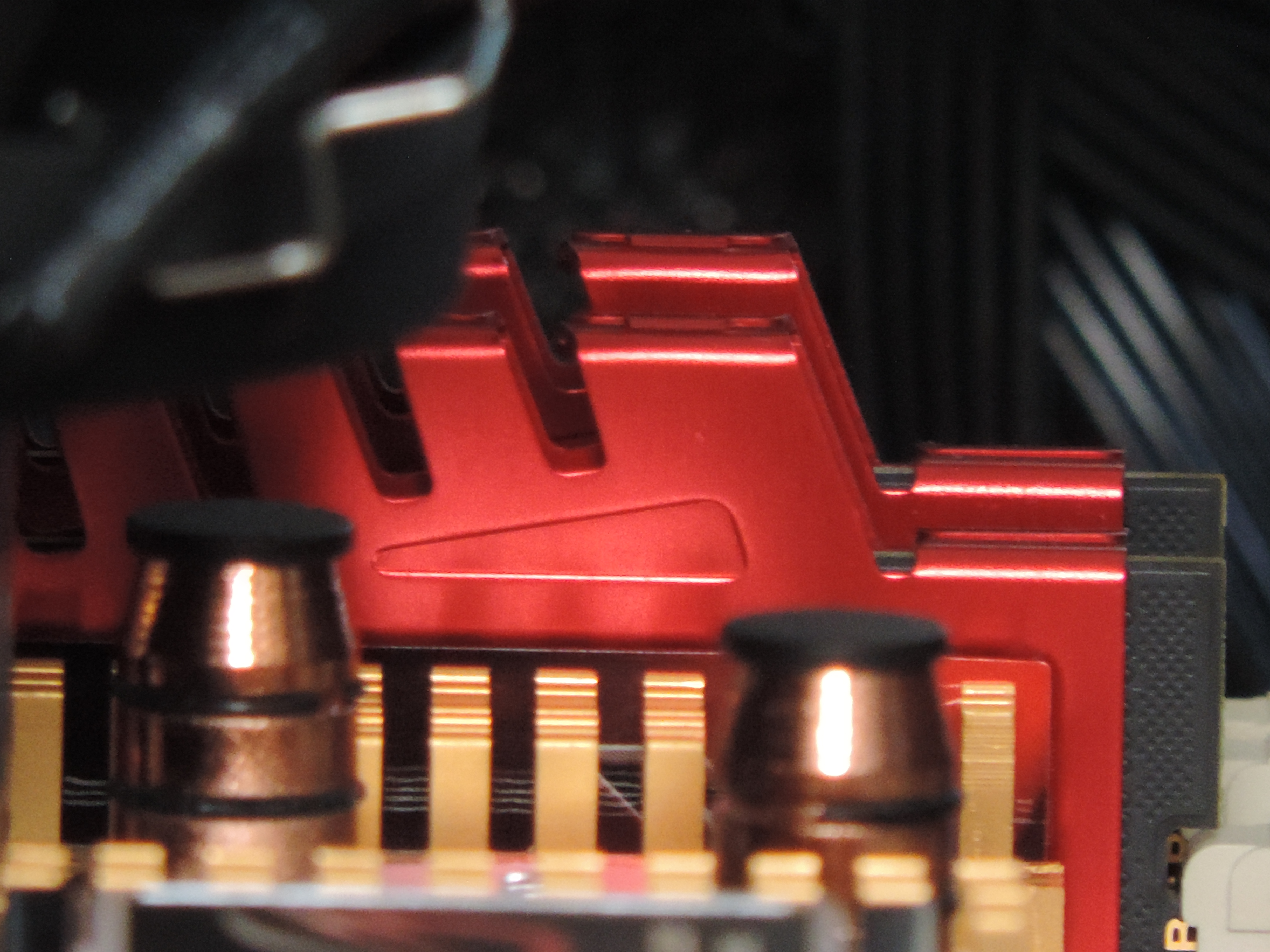
To prevent the processor from Throttling (decreasing performance in order to maintain a certain temperature),
I'm using a be quiet! Dark Rock TF air cooler manufactured on German CNC Machines,
which after the Power Supply Unit, is the main component making this build possible to perform at higher values.
This cooler is rated to perform well up to 220 Watt.
The processor used here is rated up to a maximum energy output of 130 Watt.
In no condition it has exceeded 105.43 W.
Air flows from the top & is pushed down on the CPU & Mainboard, making it the ideal solution, to cool also the surrounding components.
I am very impressed with the quality of this product, the processor temperature never exceeds 50 °C even under heavy load and at 27 °C room temperature.
This processor has a very strict cooling policy of 64.5 °C tCase (Case Temperature is the maximum temperature allowed at the processor Integrated Heat Spreader),
most modern processor today can operate easily, for short times up to 105 °C.
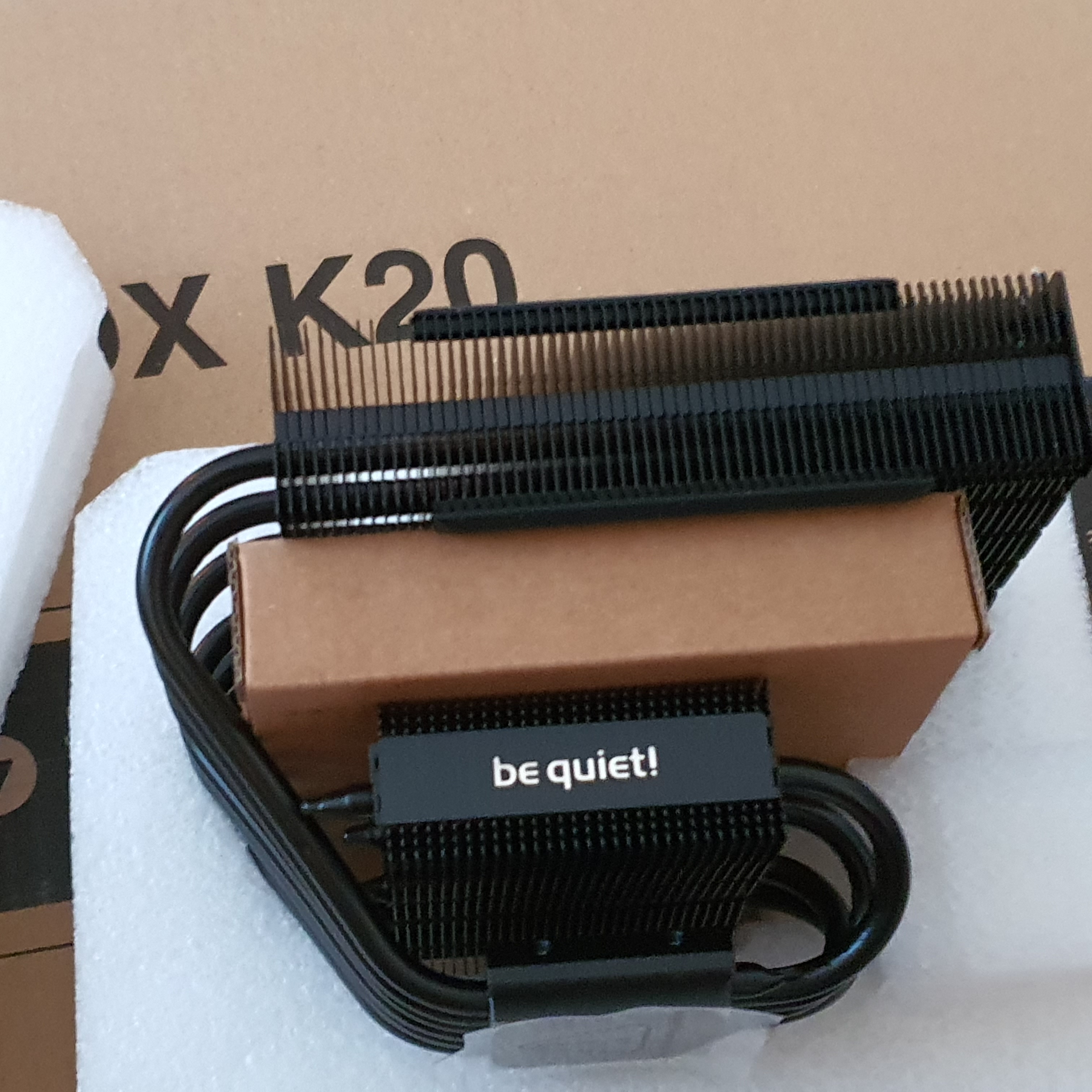
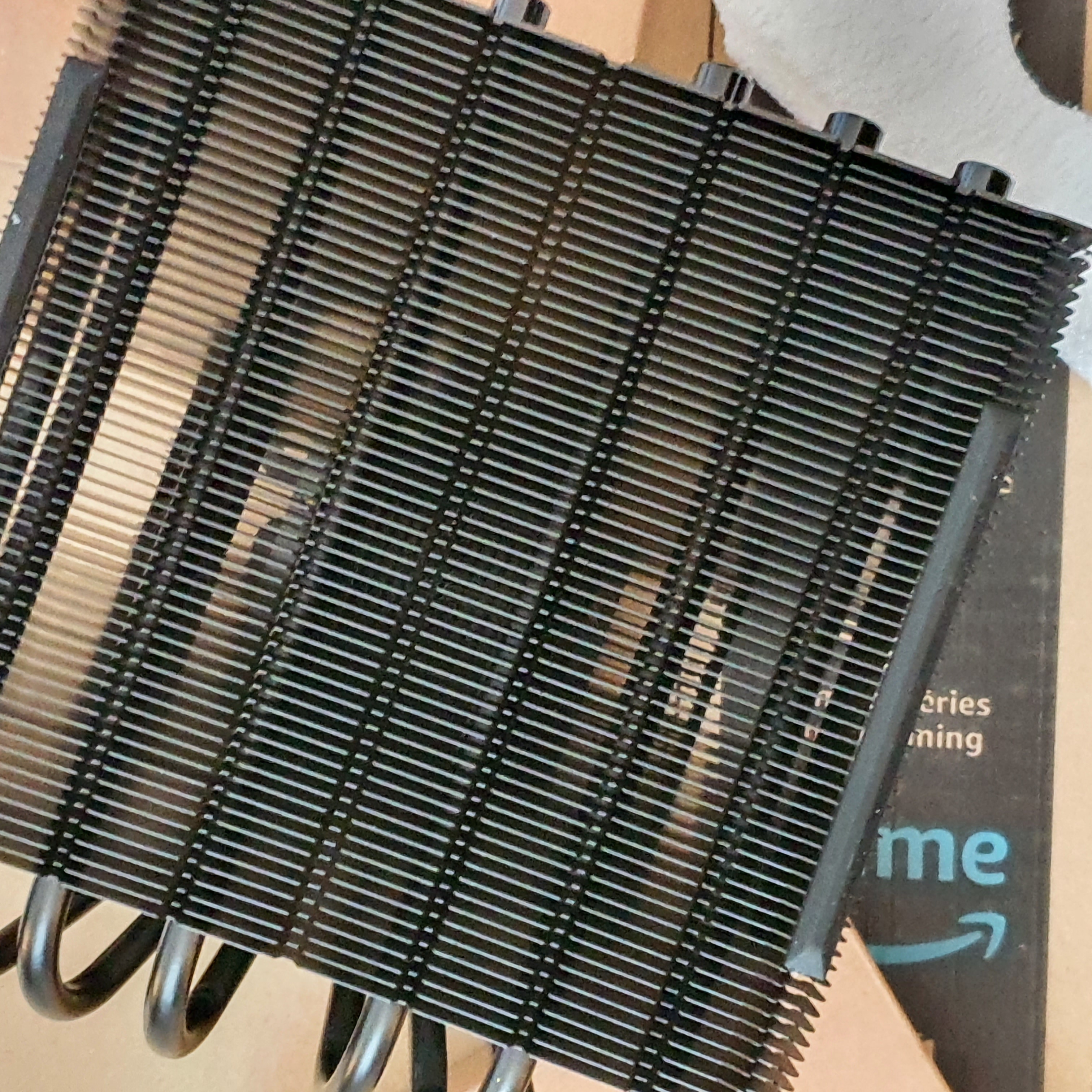
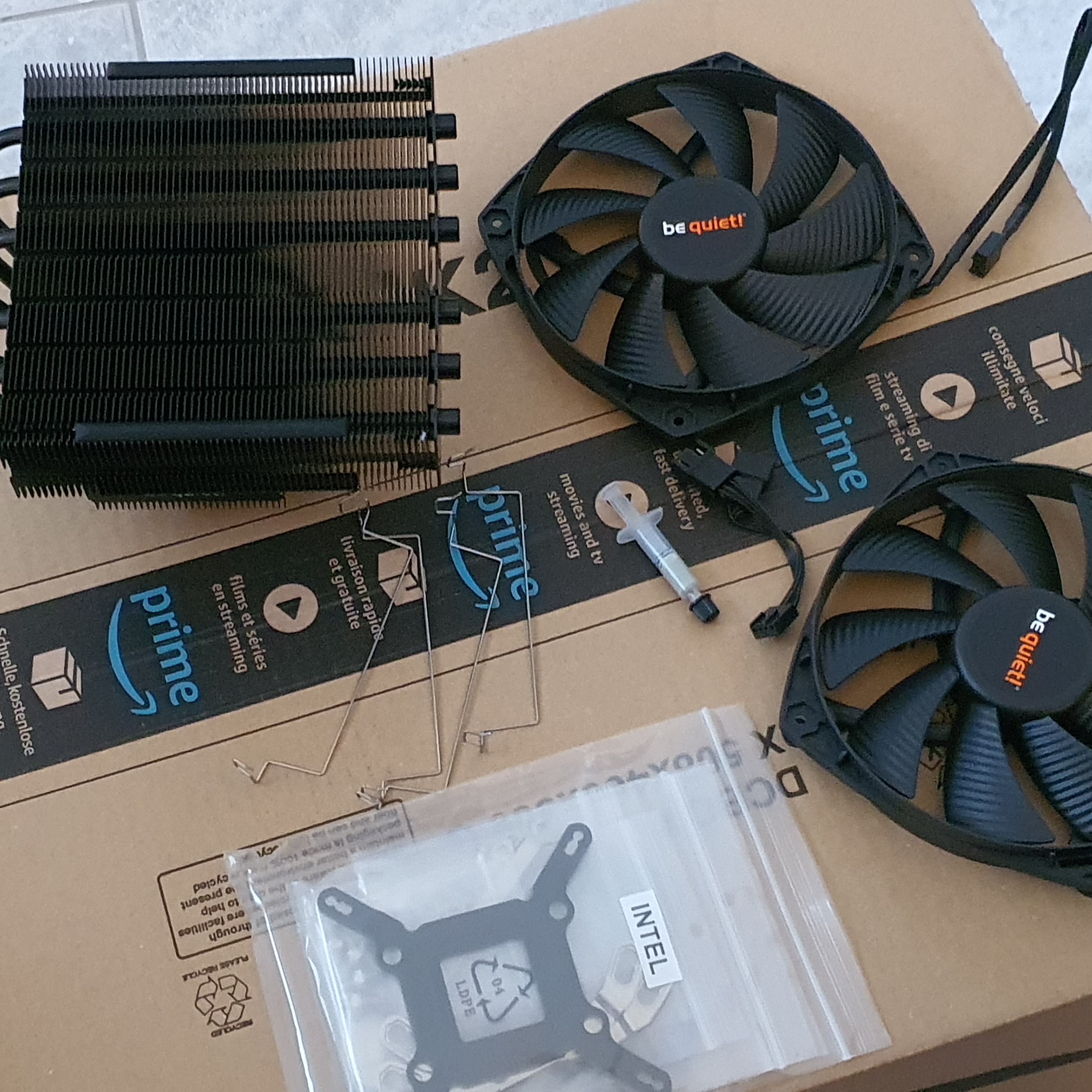
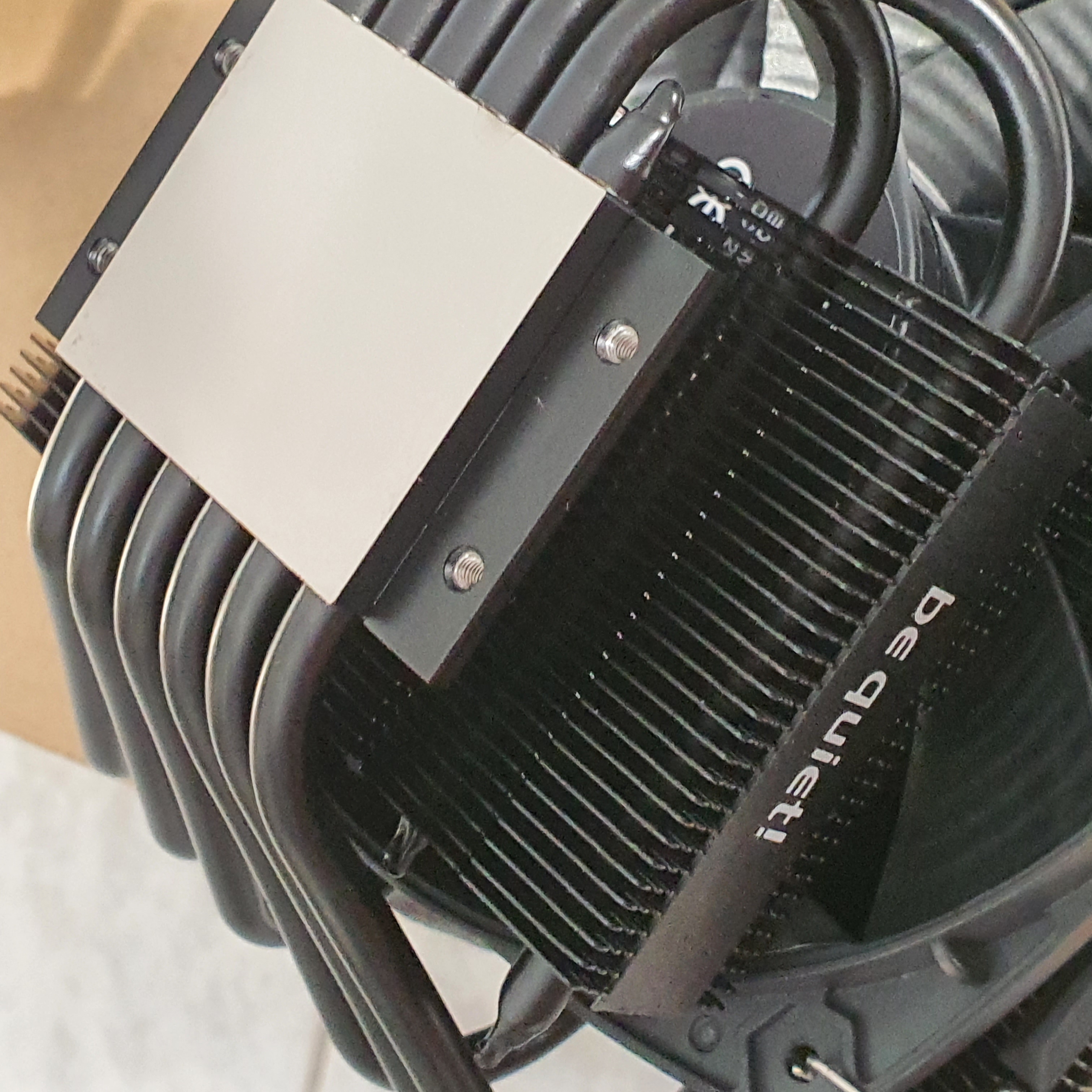
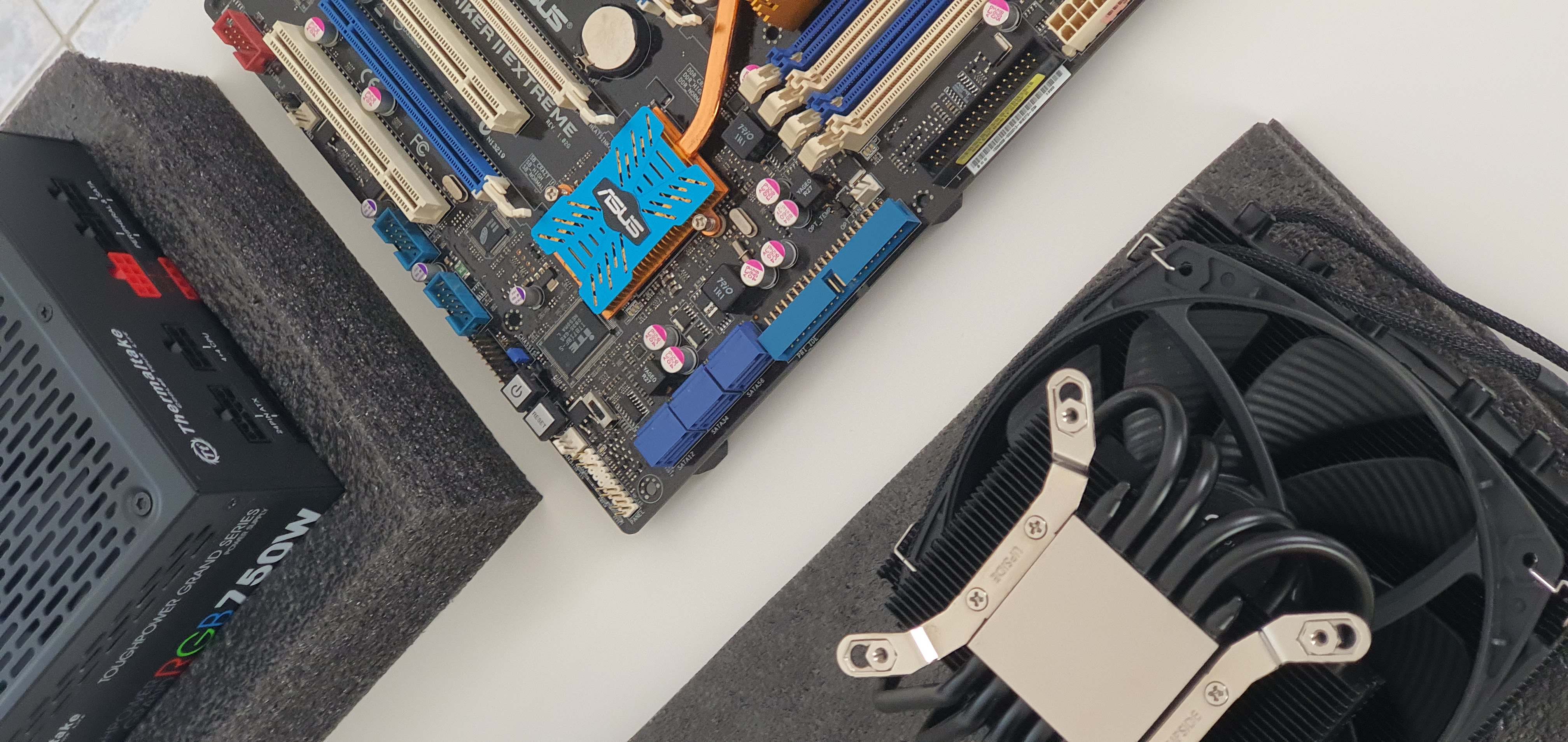
For power im using a modular power supply unit, Thermaltake Toughpower Grand Gold 750 Watt.
The storage is a 500 GB, SSD by SanDisk 3D Ultra.
All components were designed to be extremely silent.
All in one this build is not to heard in basic desktop operations, like writing this article in educational purpose.
With a few settings, and high quality components, it is possible to build in 2020, a PC that still excels in office as well as in game performance, with reused old parts.
In no benchmark this will be regarded as a powerful setup, yet it can render DirectX 11 games. like
GTA 5, FarCry 2 & 3; Heroes Of Might and Magic 5 & Diablo 3 games, at 3840 x 2160 (4K UHD) and 60 frames (images per second) which to me,
is very powerful in comparation to the first computer I had in 2000, where I used to play Need For Speed Porsche.
Understanding the advance made in computer science in the last 20 years, is, understanding how quick the technology has evolved.
https://www.userbenchmark.com/UserRun/28363014
